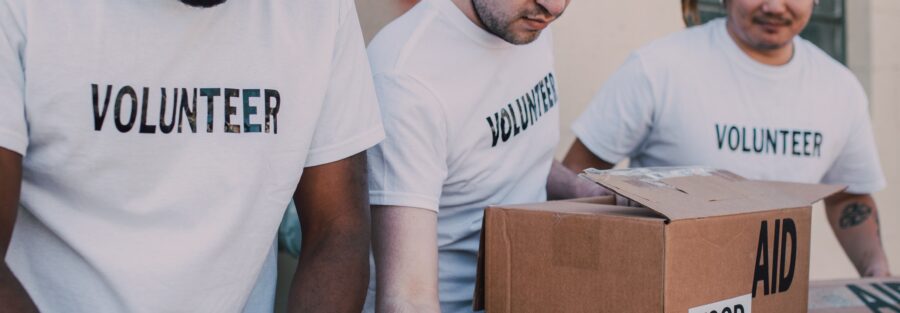A country’s vulnerability to climate change can be found by the ND-GAIN Country Index (NDGCI).
The World Bank highlights that Sri Lanka ranked 103 out of 181 countries in NDGCI in 2020. Sri Lanka is recognized as vulnerable to climate change impacts by the Bank. Sri Lanka’s weak ranking also implies that the country’s readiness to face resiliencies is lower in comparison to many other countries.
Being a small island within the South Asian ocean ecosystem, climate change affects Sri Lanka in many ways and it is vulnerable on many fronts.
According to another report by the Bank-Climate Risk Country Profile for Sri Lanka (2021)- the country faces several climate-related threats.
In what ways climate change could affect Sri Lanka?
They include extreme heat, impacts on agriculture and fishery, general climate, seasonal patterns such as monsoons, rising ocean water levels and resulting displacements of population, etc.
One significant threat is from the extreme heat (though not immediately but ‘by the 2090s’). The number of days where heat surpasses 35°C in the country will rise to more than three months a year, around 100 days.
“…this will particularly impact communities in Sri Lanka’s northern region. There is also potential for adverse implications to Sri Lanka’s large tourism sector”, the report says and adds: “..increases in heavy rainfall events are likely to increase in Sri Lanka’s southern areas” it says.
Food security is a key parameter. A 2017 review titled “Climate change and food security: a Sri Lankan perspective” (by Mohamed Esham, Brent Jacobs, Hewage Sunith Rohitha Rosairo & Balde Boubacar Siddighi) points to “..several climate-induced issues posing challenges for food security. These issues include declining agriculture productivity, food loss along supply chains, low livelihood resilience of the rural poor and prevalence of high levels of undernourishment and child malnutrition..”-(https://link.springer.com/article/10.1007/s10668-017-9945-5).
Flooding and water flows are another threat. This is not limited to Sri Lanka but common to Asian region. Paltan et al. (2018) found that almost all Asian countries face an increase in the frequency of extreme river flows.
“What would historically have been a 1-in-100-year flow, could become a 1-in-50-year or 1-in-25-year event in most of South, Southeast, and East Asia. There is good agreement among models on this trend.”
Connected with this are the variations to seasons-including monsoons and even seasonal rainfalls that keeps the rivers full.
As Sri Lanka is part of this region, increase in such flows could lead to an increase in the population affected by an extreme flood. Estimated number of people in Sri Lanka affected by an extreme river flood in the future 2035–2044 period, affecting an additional 811,000 people to the 2.4 million affected in the 1971-2004 period.
Loss of water for daily use is a major threat. “The overall impacts of climate change on the water sector are likely to have adverse effects for agricultural water supply, energy generation, human health, and human settlement” states the report. Loss of rainfall, surface and groundwater due to climate change affects such domains as drinking water and domestic water usage, irrigation, and harvesting.
This grim climate change outlook on the country is somewhat restored by long term temperature projections. Given that Sri Lanka is a developing country and was a middle income country that now rapidly tumbles down to poverty due to an unprecedented humanitarian crisis, this is indeed good news.
According to the report, average temperature rise in Sri Lanka is expected to be lower than the rise in global temperatures. The temperatures are projected to reach approximately 3.2°C by the 2090s compared to the projected global rise of 3.7°C. “Maximum and minimum temperatures are projected to rise faster than the average, but still remain below global averages” says the Report.
Another piece of good news is on Sea-level rise. The report shows that Sri Lanka has a moderate level of vulnerability to slow onset sea-level rise impacts. “..the total population likely to be exposed to permanent flooding by 2070–2100 is relatively low at 66,000 people without adaptation actions…” it adds.
This does not mean that Sri Lankans are safe from sea level rise. “..sea-level rise is already impacting the lives and livelihoods of Sri Lankans along the coast through the salinization of soils and groundwater in the coastal zones. Salinity intrusion in rivers and impact on the drinking water is significant” adds the report.



